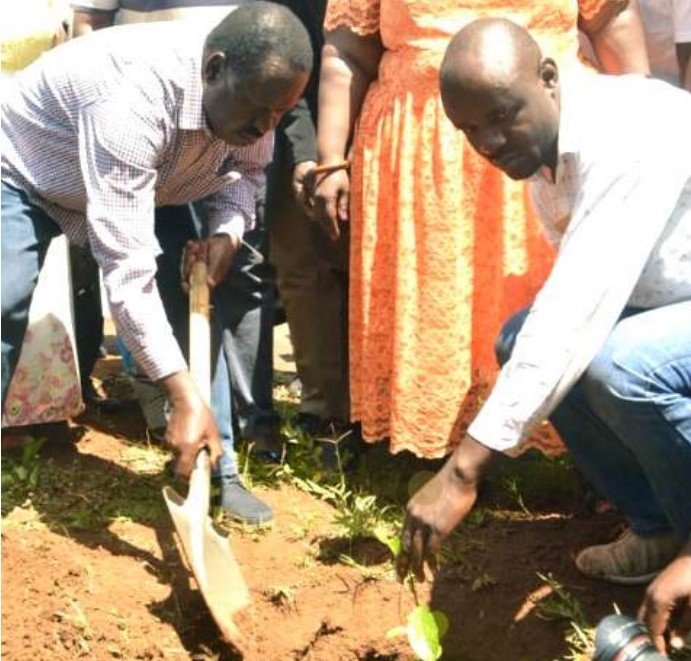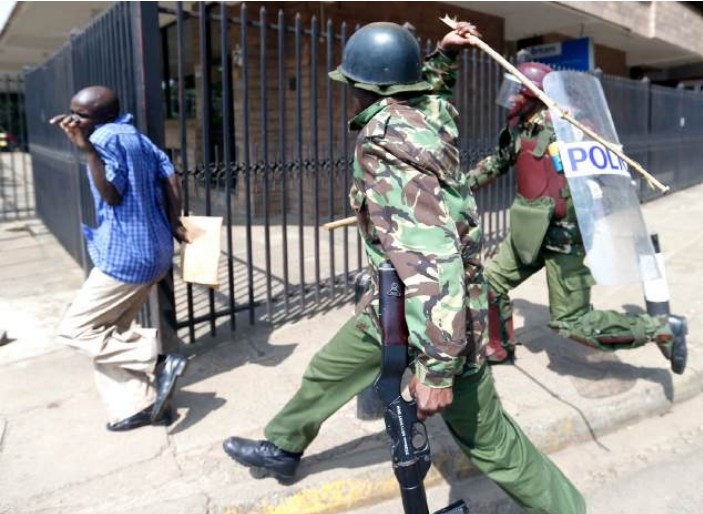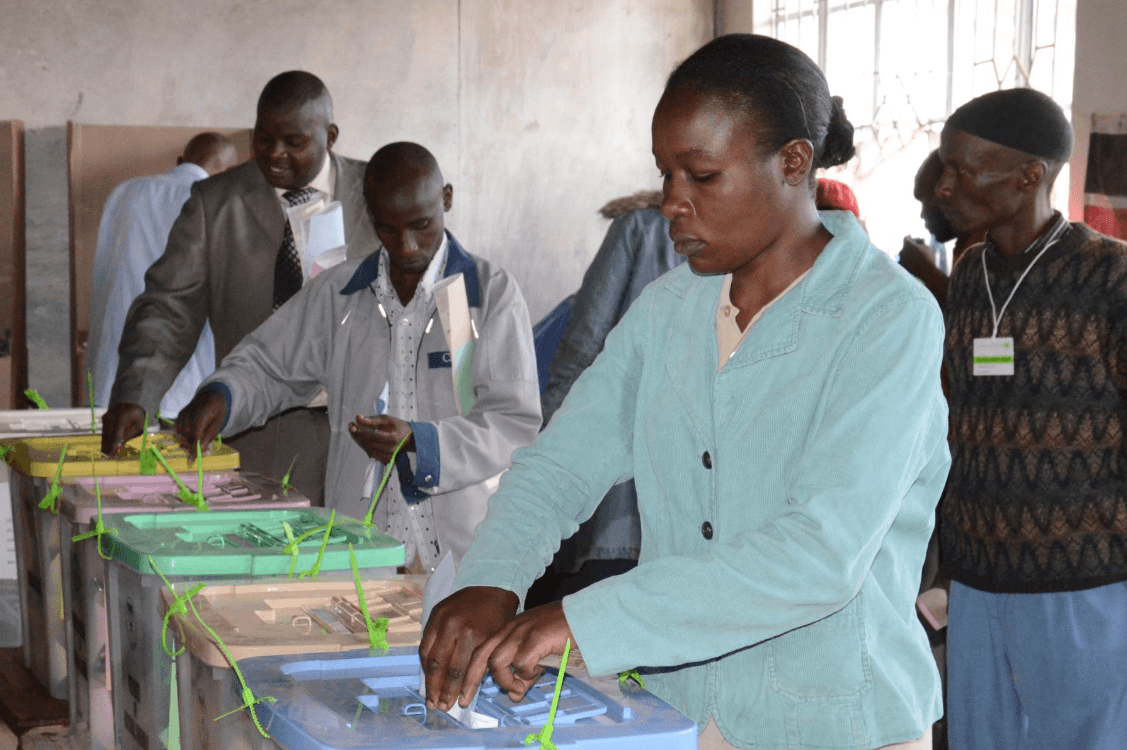Farmers in Busia on Wednesday expressed fear an extended dry spell may negatively affect food crops and increase the chances of plunging county residents into hunger.
This, after it emerged that there were higher chances the Northern parts of the Greater Horn of Africa could experience drier than usual conditions.
Kenya, IGAD’S Climate Prediction and Applications Centre’s (ICPAC) June to September (JJAS) seasonal forecast reported on Wednesday, is among Horn of Africa countries expected to experience drier than usual conditions.
The Busia farmers, primarily small-scale growers said despite a promising food crops season, news of a projected extended dry spell has begun to spark worries among farmers.
Some food crops including maize and beans which were beginning to flower, a stage when they require more moist weather conditions have begun to wilt with the present high temperatures.
Josephine Amuduk from Jairosi said the condition in the gardens may be worsened in her area because of the sandy soil that absorbs direct heat – negatively affecting crop growth.
“We don’t know when this hot condition will end. The crops need moderate temperatures and rain now more than any other time,” she said in her garden.
Teso North, Teso South, parts of Butula and Nambale, Samia and Bunyala have received fluctuating rainfall patterns and farmers say the development may negatively affect long rains crop harvests which usually begin in May. The majority of the farmers harvest in June and July.
On May 19 when the Star toured Budalang’i, and Funyula, most parts of the two sub-counties, going by the state of crops in gardens showed farms were in dire need of rain.
Residents also said the area was experiencing higher temperatures than usual.
In the Teso South sub-county, the only parts farmers were content were receiving adequate rain to facilitate good crop harvest was the Southern parts bordering Matayos.
According to IGAD’S Climate Prediction and Applications Centre’s (ICPAC) June to September (JJAS) seasonal forecast released on Wednesday, depressed rainfall, coupled with warmer than usual temperatures, is likely to affect crop productivity in the region, posing more risk to hunger-stricken communities with at least 49 million people being highly-food insecure in the IGAD region.
The IGAD report came less than 24 hours after the weatherman reported that Kenya is likely to experience higher temperatures particularly this week, as rainfall reduces across the country.
Head of the Met department Dr David Gikungu said on Tuesday most parts of the country will remain dry, as rains gradually reduce in places that have been receiving showers.
“Rainfall is expected to continue over some parts of the Highlands East and West of the Rift Valley, the Lake Victoria Basin, the Rift Valley and the Coast though rainfall amounts are expected to reduce. The rest of the country is likely to be generally dry,” Dr Gikungu said.
Daytime, the Met said, will get warmer across the country.
Moses Juma, a maize farmer in Amagoro said his crop, with rains that have taken longer to fall in Teso North and the higher temperatures may force him to buy food for his family since his crop is already affected.
Ann Mary Achieng said farmers living along the river and stream banks have no worries because the cold conditions along the water channels support food crop development.
She said farmers in higher mountainous areas like Chelelemuk, Amukura and Chamasiri Hill tour their farms daily hoping it rains the next minute to save the wilting crops planted in rocky, hot gardens.














![[PHOTOS] How ODM@20 dinner went down](/_next/image?url=https%3A%2F%2Fcdn.radioafrica.digital%2Fimage%2F2025%2F11%2F99d04439-7d94-4ec5-8e18-899441a55b21.jpg&w=3840&q=100)

